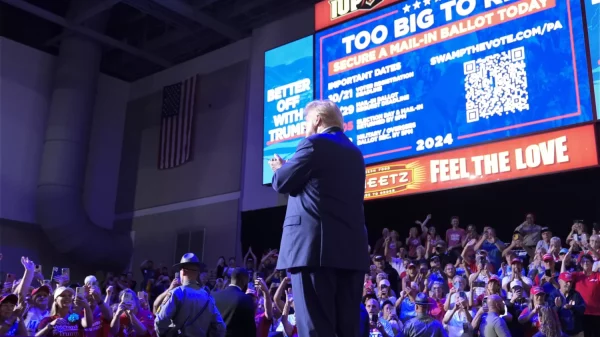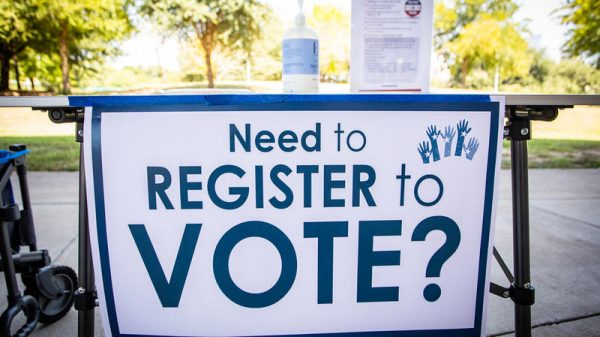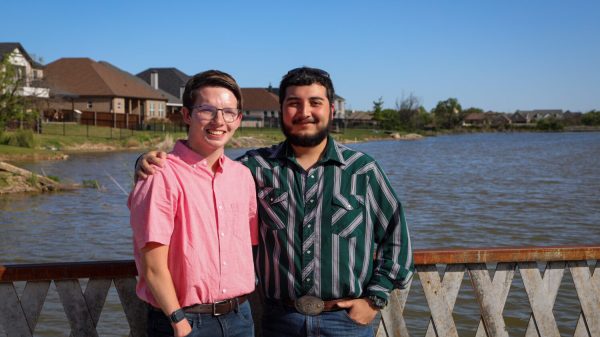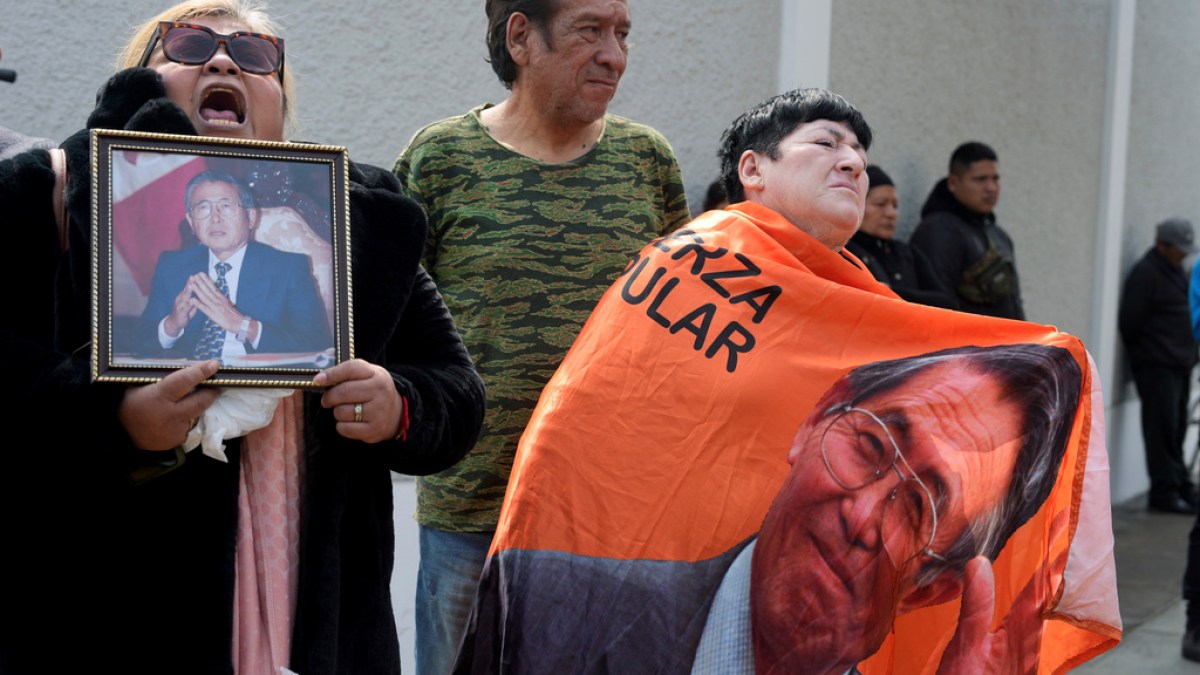Fujimori’s legacy remains bitterly contested in Peru, where he was convicted of corruption and severe rights abuses.
The government of Peru has announced a three-day period of national mourning following the death of controversial former President Alberto Fujimori.
President Dina Boluarte signed a decree for a period of mourning on Thursday, one day after Fujimori, convicted of corruption and human rights abuses during his tenure in office, died at the home of his daughter, Keiko Fujimori, in the capital Lima.
“This morning, the National Flag was raised at half-mast in the Legislative Palace due to the death of the former president of the republic, Alberto Fujimori,” Diario Oficial El Peruano, the country’s official daily paper, said on Thursday.
Fujimori’s body will lay in the Ministry of Culture in Lima until Saturday, when he will be moved to a cemetery south of the capital. The outlet Peru 21 posted photos on social media showing supporters queuing outside of the Ministry of Culture to pay their respects.
Shining Path rebels
In death as in life, Fujimori has polarised Peru, the Andean nation where his supporters credit him with righting the economy through a series of harsh neoliberal reforms and crushing the Maoist guerilla group Sendero Luminoso, or Shining Path, that terrorised the country for years.
He did so through a brutal counterinsurgency campaign that included widespread rights abuses and contributed to Fujimori’s growing authoritarianism, including a “self-coup” in 1992 that shut down Congress and the judiciary. His economic reforms are also criticised for their severe impact on the country’s poor.
Peru’s civil war between the government and various rebel groups is estimated to have left at least 70,000 dead.
Fujimori’s government also oversaw abuses such as a campaign of forced sterilisations that targeted women in the country’s poor and largely Indigenous regions.

Montesinos scandal
Fujimori fled to exile in Japan after his removal in 2000 following a bribery and corruption scandal that involved his notorious intelligence chief, Vladimiro Montesinos.
Fujimori was eventually detained in Chile during a visit to the country in 2005 and extradited to Peru in September 2007 on charges of involvement in ordering killings and kidnappings during his time as leader.
He was tried and convicted in 2009 for crimes connected to the murder of 25 people by death squads that targeted leftist militants as well as activists and civilians.
Fujimori was released from prison in December 2023 by a Peruvian court, in defiance of an order from the Inter-American Court of Human Rights.
On social media, hashtags ranging from #FujimoriNuncaMas (Fujimori never again) to #FujimoriPorSiempre (Fujimori forever) underscore the schisms that remain present in Peruvian society more than two decades after he fled the country and resigned via fax from Japan.
Detractors pointed out, with tongue in cheek, that Fujimori died on the same day of the year as Shining Path leader Abimael Guzman, who perished in prison in 2021. His capture by state security services in 1992 was a major victory in the government’s efforts to dismantle the much-feared group.
Fujimori’s daughter, Keiko, a former lawmaker and presidential contender herself, said in July that her father would run for president in 2026, even though he would have been in his late 80s.




![Tyson Foods Plant [Photo: Food Manufacturing]](https://southarkansassun.com/wp-content/uploads/2023/08/iStock_1185520857__1_.5e441daa51cca-600x337.jpg)








![Silverado Senior Living Management Inc. [Photo: Los Angeles Times]](https://southarkansassun.com/wp-content/uploads/2023/10/download-6-4-600x337.jpg)

![China's Wuhan Institute of Virology [Photo: Nature]](https://southarkansassun.com/wp-content/uploads/2023/09/d41586-021-01529-3_19239608-600x337.jpg)















